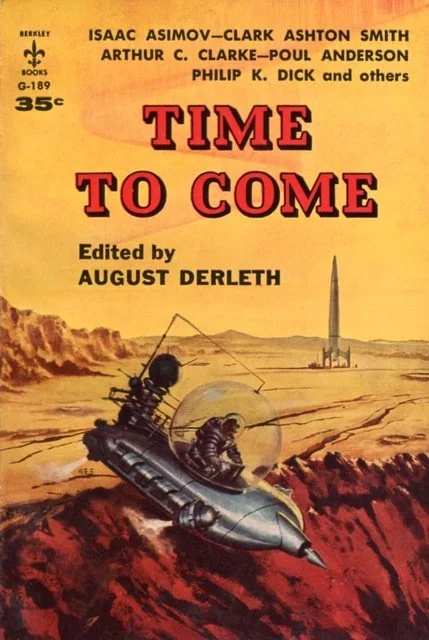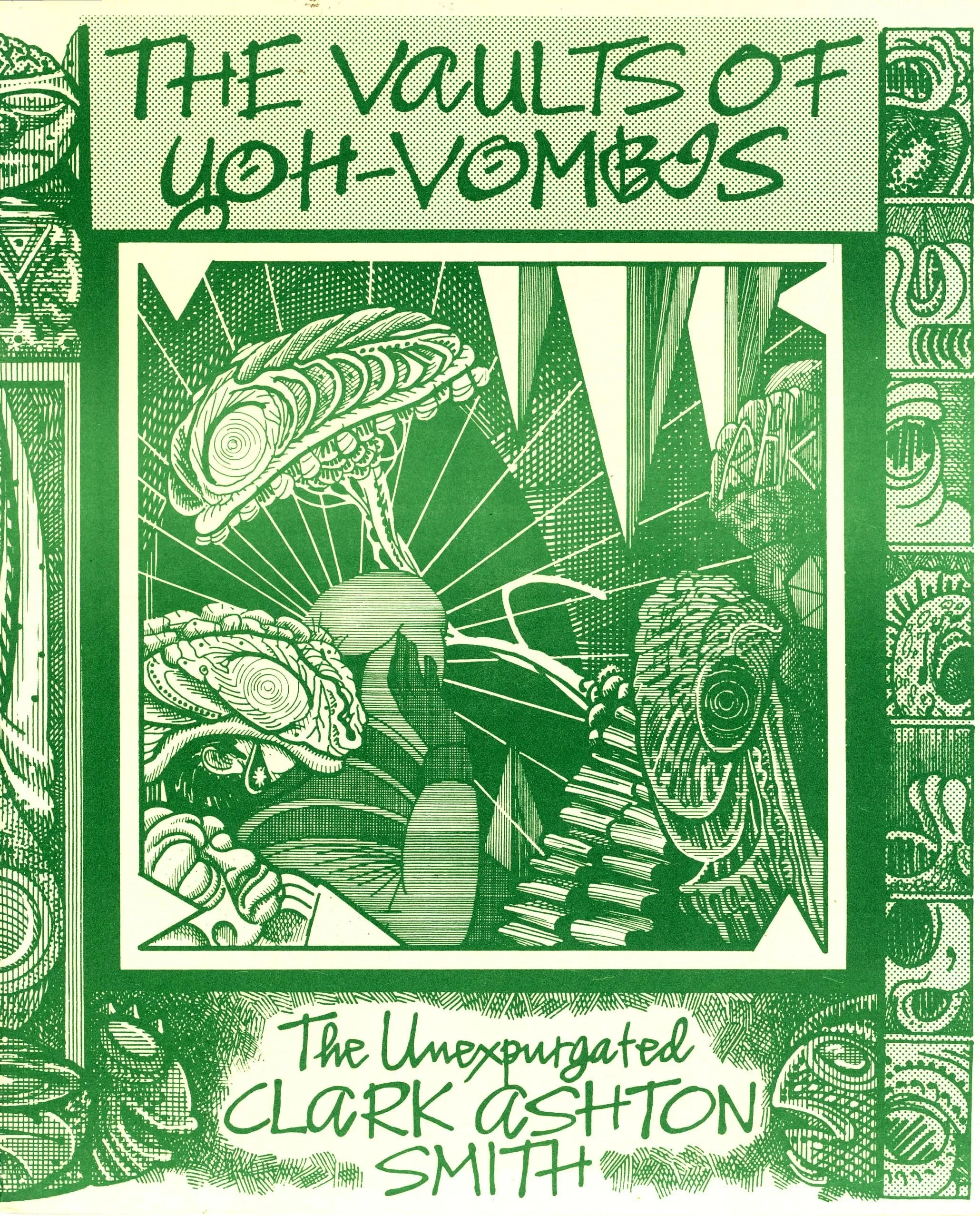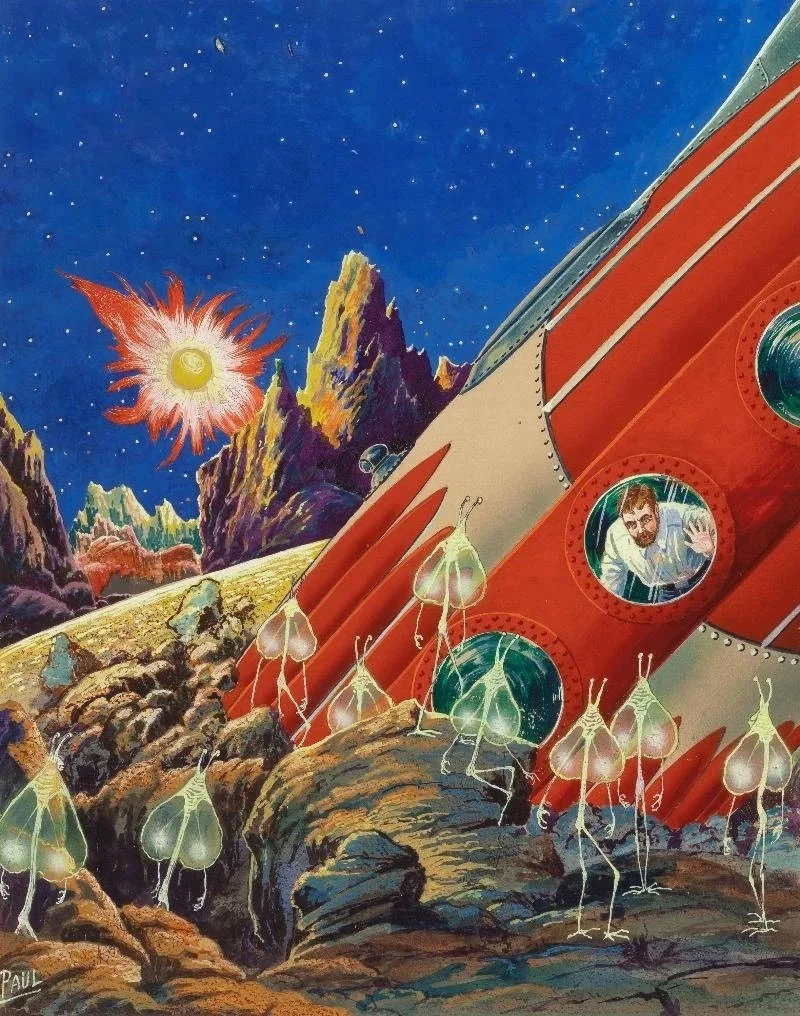In Outer Space with Clark Ashton Smith Part One: The Solar System
Clark Ashton Smith was in some ways a writer of setting. At least, his stories tend to be grouped by setting. The ancient continent of Hyperborea, the imaginary French province of Averoigne, and the far future of Zothique are what fans think of when they think of Smith. Yet, he certainly wrote stories set in other locales. Some like “Genius Loci” are set in the contemporary world. Then there are those set in outer space both in and out of the solar system.
These stories, despite their astronomic setting, are not really science fiction, at least not hard SF. (If you are looking for scientific rigor, look elsewhere.) These are Weird Fiction stories set in space.
(This is not as unusual as one thinks. C. L. Moore’s stories of space smuggler Northwest Smith were originally published not in Amazing Stories or Astounding Science Fiction but in Weird Tales. This makes sense because the Northwest Smith stories are essentially extraplanetary horror stories. It can be argued that both Smith and Moore paved the way for the likes of the Alien franchise.)
This first part of this look at Smith’s outer space stories will deal with those he set in our solar system; the second, the ones set beyond it. It has to be mention this is the Pulp Science Fiction Solar System, not the real one. All the planets are inhabited by various life forms and humans can walk around without spacesuits.
We will start at the center with the Sun. The story “Phoenix” was published in 1954 in Time to Come. It is set in the far future where the sun has burnt out. Humans, living underground on Earth, send out an expedition to it to reignite it and save what’s left of humanity. It also deals with two lovers separated by the expedition. Not surprisingly the expedition goes wrong and one of the lovers sacrifices himself to reignite the sun. It is the closest to a traditional SF story that I have read by Smith. This basic conceit is genuinely tragic, but I have to admit that the science here is hogwash. It did not ruin story but it was more noticeable. I can forgive the science because of the element of pathos of the story but it was a minor irksome element. On the other hand, you do of course get Smith’s beautiful prose. So it was worth reading but not among Smith’s best.
Traveling in from the sun we come to Mercury. Smith’s story “The Immortals of Mercury” is better. It was first published as a chapbook. The hero, one Cliff Howard, who is on an expedition to the inner planet, has become separated from the rocket ship. He encounters the titular underground society and is captured by them. The story involves his desperate escape. He does so by traveling through strange underground realms only to emerge… and you will have to read it for yourself. These realms are genuinely weird in the best way. Smith was good with evoking feelings of the strange. The ending has a dark irony that is also a trademark of Smith.
From there we go to Venus in Smith’s story “The Immeasurable Horror.” Published in Weird Tales, it is another tale of a disastrous expedition. The characters in it are faced with a truly strange and sublime horror. Sublime in the sense of creating a feeling of awe or “pleasing terror.” They face a creature so huge that it is the size of a mountain. What follows is a tense chase in a flying craft over the jungles of Venus between the creature and the expedition. This story is one of the strongest of Smith’s space stories. It happens on the Venus of early Twentieth Century imagination that is covered in jungles which are inhabited by dinosaur-like creatures. The “Horror” itself is truly original.
Skipping over the rather mundane planet known as Earth, we come to Mars. Smith set four stories on the Red Planet: “Vulthoom” (Weird Tales), “The Dweller in the Gulf” (Wonder Stories), “The Vaults of Yoh-Vombis”(Weird Tales), and “Seedling of Mars” (again Wonder Stories). The first three share the same version of our nearest planetary neighbor. The last is set in another. The first version reminded me a lot Leigh Brackett’s early Planetary Romance stories. It is set in a future solar system where interplanetary travel seems relatively common. The characters of “Vulthoom” are a down-and-out writer and a down-and-out starship crewman. Low on funds, they are given job by a mysterious Martian. They are taken underground cavern where dwells the Satanic Vulthoom. He is the Martian version of the devil and the cavern its underworld. Vulthoom wants them to be missionaries to Earth to convert its people to his cult. Since Vulthoom is clearly evil, the two protagonists must take desperate measures to stop him.
“The Dweller in the Gulf” involves a trio of morally ambiguous adventurers searching for treasure in the Martian desert. They too also end up underground facing an alien evil. The characters of these two stories are reminiscent of many of Brackett’s characters in that they are outliers of society, similar to the tomb raider Matt Carse from her The Sword of Rhiannon.
“The Vaults of Yoh-Vombis” does not feature any outliers but a scientific expedition to the titular ruins. This is the best known of Smith’s Mars stories I believe. It has been reprinted many times. All three stories involve trips deep into the underground of Mars. Since I read them one after another it was a bit repetitive, however taken individually they are all very good stories. They would probably have even been better if I read them with more time in between. They all have Smith’s ornate prose and gift for weird atmosphere.
“The Seedling of Mars,” is a very different story. It begins with a spaceship landing on Earth and shanghaiing a group of scientists. They are taken to Mars where they meet its sole inhabitant. This is a living plant that covers large tracts of the Red Planet. This being is also essentially omnipotent. Similar to Vulthoom it wants to rule Earth, promising Utopia in return. This leads to an apocalyptic war. So apocalyptic that it may be a parody of the Christian end of time story. I was somewhat bewildered by this tale but at least it is well-written.
Illustration for “Master of the Asteroid” by Frank R. Paul
“The God of the Asteroid,” originally published in Wonder Stories under the title “Master of the Asteroid,” should also be mentioned here because it begins on Mars. There is a split among a colony of Earthmen. Three of them fly off to search for a new home in the Asteroid Belt. What follows is an effective tale of madness and death in space.
Now we get to one of the outer planets, namely Saturn. “The Door to Saturn,” published in Strange Tales, is one of Smith’s Hyperborean tales. However, the majority of it is set on the ringed planet. A bigoted priest chases a sinister sorcerer through a portal and ends up on Saturn. They meet the god Zhothaggua, form an alliance to survive, and have numerous adventures. In this one Smith mixes his penchant for sardonic and often black humor with his ability to create strange worlds. He does this in high style and this is my favorite of his outer space stories.
There is also “The Flower Devil” published in Ebony and Crystal. It is a short and strange prose poem. It is not much of a story but being by Smith it is quite beautiful. It seems that a lot of Smith’s aliens are sentient plants. More on that in the second part.
The solar system of early 20th century pulp SF is, of course, very different from the one we live in. I tend to prefer the pulp fantasy one to the real one. It is worth reiterating that these stories are Weird Fiction not Science Fiction. A lot of them could be rewritten to have happened in Hyperborea or Zothique. I don’t think this is problem. Having them set in fantasy versions of the known planets gives them a unique ambience. You could see John Carter or Eric John Stark crossing paths with some of these characters or Northwest Smith encountering Vulthoom. It is nice, despite the eldritch terrors, to visit it every once in awhile.




